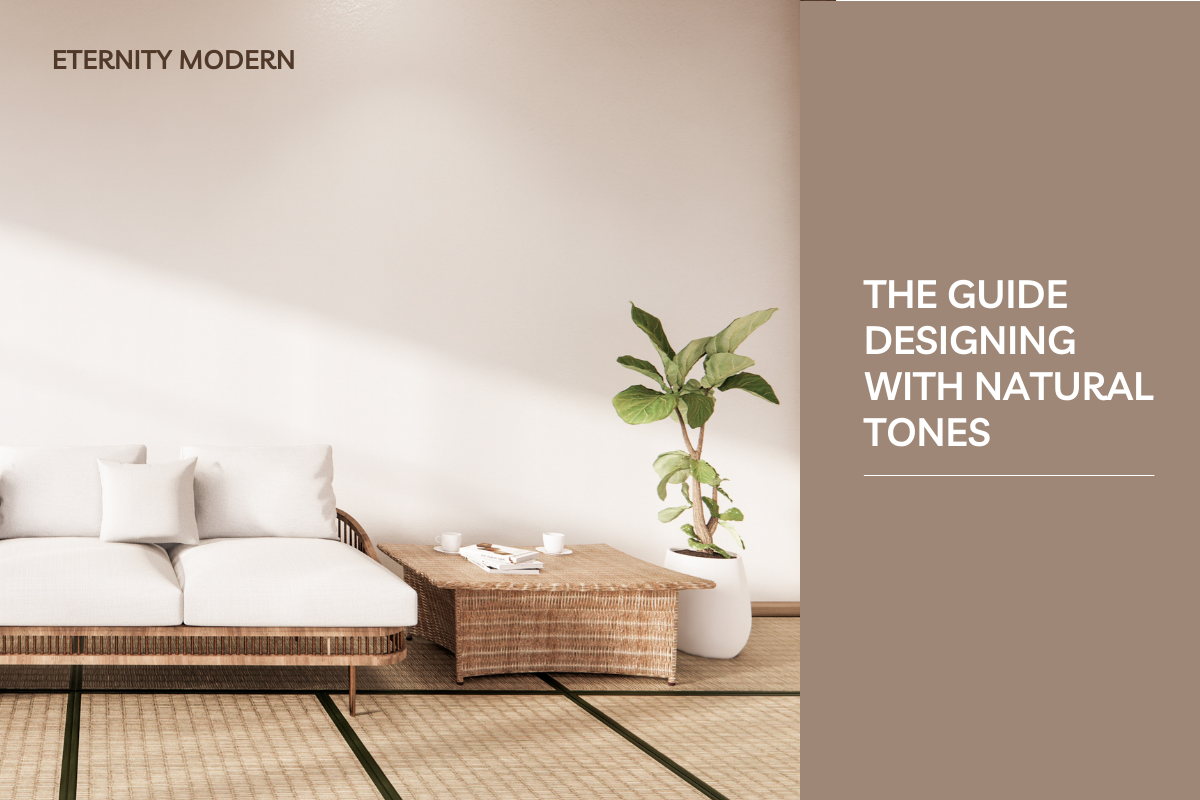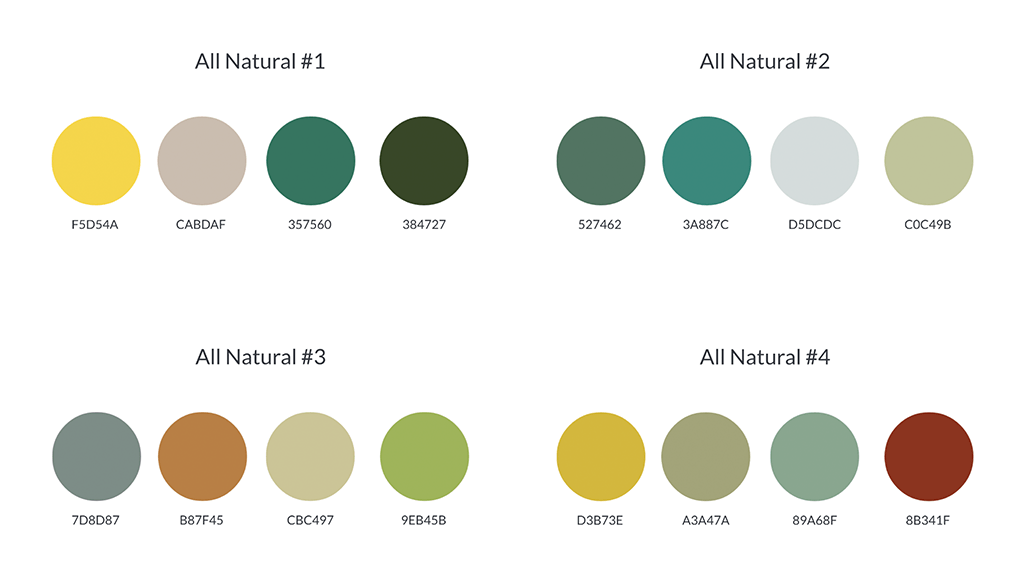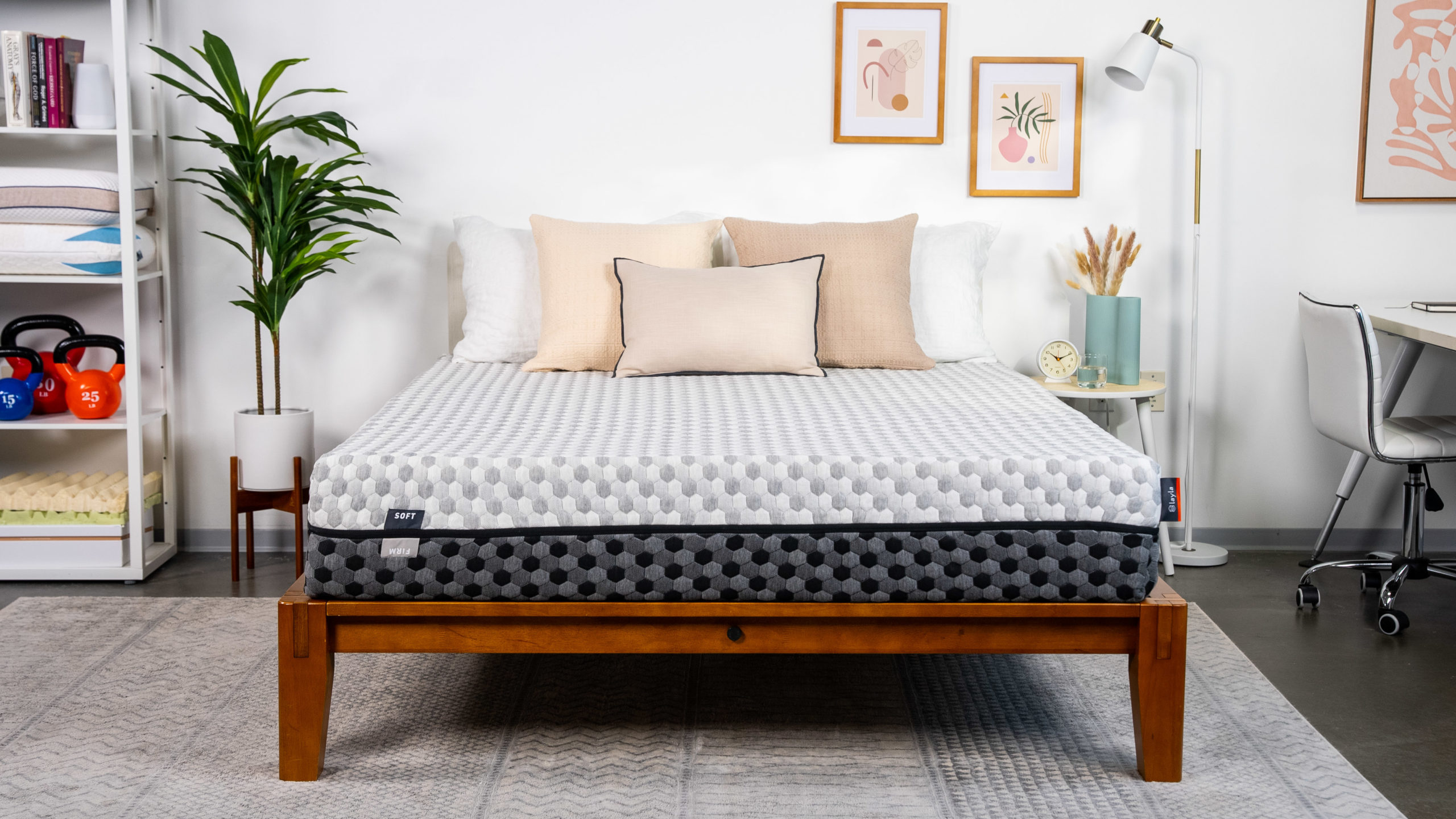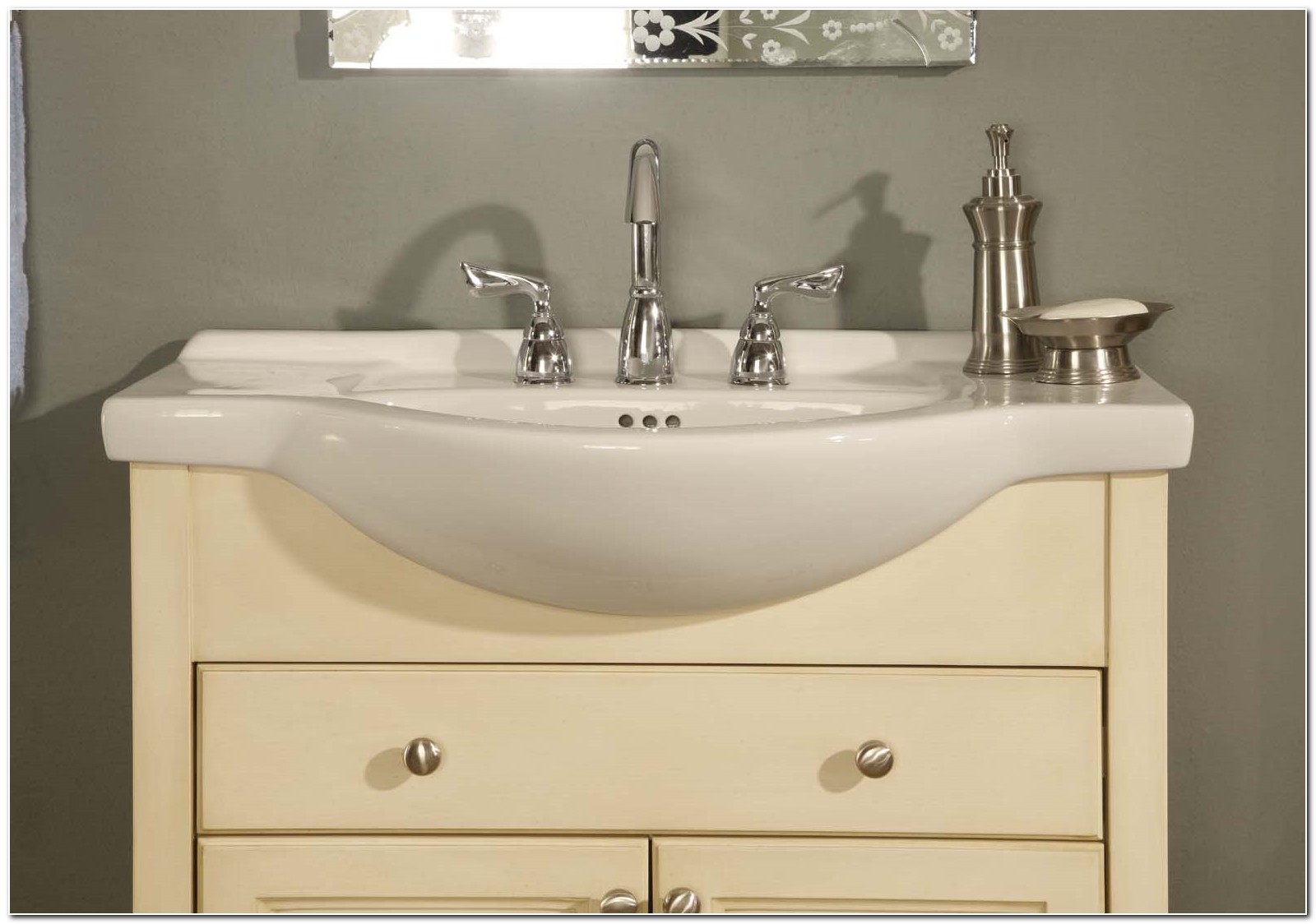When it comes to choosing the right color for your dining room walls, neutral colors are always a safe and classic choice. These colors, such as beige, gray, and white, provide a calming and versatile backdrop for any dining room. They also pair well with any decor style, from traditional to modern, making them a popular option for many homeowners. Neutral colors are known for their ability to create a sense of balance and harmony in a space. They can make a room feel open and airy, which is perfect for smaller dining rooms. If you have a larger dining room, neutral colors can help create a cozy and inviting atmosphere.Neutral Colors
If you want to create a welcoming and inviting atmosphere in your dining room, consider using warm colors for your walls. These colors, such as red, orange, and yellow, have a stimulating effect and can help stimulate conversation and appetite during meals. However, be careful not to go overboard with warm colors, as they can be overwhelming and make a room feel smaller. Use them sparingly as an accent or pair them with neutral colors to create a balanced look.Warm Colors
If you prefer a more serene and relaxing atmosphere in your dining room, cool colors are the way to go. These colors, including blue, green, and purple, have a calming effect and can make a room feel more spacious and airy. Just like warm colors, it's important to balance cool colors with neutrals to avoid an overwhelming look. You can also use different shades of cool colors to add depth and interest to your dining room walls.Cool Colors
For a natural and earthy feel in your dining room, consider using earth tones for your walls. These colors, such as brown, beige, and green, are inspired by nature and can create a warm and inviting ambiance. Earth tones are also versatile and can work well with various decor styles, from rustic to modern. They can also help bring a sense of warmth and coziness to your dining room, making it a perfect place to gather with family and friends.Earth Tones
If you have a small or dark dining room, using light shades for your walls can help brighten up the space and make it feel more spacious. These colors, including light gray, pastel pink, and pale blue, reflect light and can make a room feel airy and open. Light shades are also perfect for creating a soft and serene atmosphere. They can work well with different decor styles and can easily be paired with bolder colors for a more dynamic look.Light Shades
If you want to add drama and sophistication to your dining room, consider using dark hues for your walls. These colors, such as navy blue, deep green, and rich burgundy, can create a bold and elegant look in your dining room. Dark hues can also make a room feel more intimate and cozy. However, it's important to balance them with lighter colors and use them in moderation to avoid a heavy and overwhelming feel.Dark Hues
If you want to create a cohesive and harmonious look in your dining room, using a monochromatic palette for your walls can be a great option. This involves using different shades of the same color, such as different shades of blue or gray, to create a subtle and sophisticated look. A monochromatic palette can make a room feel more spacious and can also be used to create a sense of depth and interest. It's also a great way to incorporate your favorite color without it being too overwhelming.Monochromatic Palette
If you want to add a pop of color and personality to your dining room, consider using contrasting colors for your walls. This involves using colors that are opposite each other on the color wheel, such as blue and orange or green and purple. Contrasting colors can create a dynamic and energetic feel in a room, making them perfect for larger dining rooms. However, be mindful of using too many contrasting colors, as it can be too stimulating and overwhelming for some people.Contrasting Colors
For those who want to add a touch of drama and personality to their dining room without committing to bold wall colors, using bold accents is the way to go. This involves using bright and bold colors, such as red, yellow, or emerald green, as accents in your dining room. You can incorporate bold accents through artwork, furniture, or even a statement wall. This allows you to add a pop of color and personality without overwhelming the space.Bold Accents
For a calming and organic feel in your dining room, consider using natural tones for your walls. These colors, such as soft greens, warm browns, and muted yellows, can create a peaceful and inviting atmosphere. Natural tones can also be used to bring the outdoors in and create a soothing and relaxing environment. They work well with different decor styles and can easily be paired with other natural elements, such as wood and plants, for a cohesive look.Natural Tones
Benefits of Choosing Good Colors for Dining Room Walls

Enhances Appetite and Mood
 When it comes to dining rooms, the color of the walls is a crucial element in creating the perfect atmosphere for meals.
Good colors for dining room walls can enhance appetite and overall mood, making it a more enjoyable and satisfying dining experience.
Warm, inviting colors such as shades of red, orange, and yellow can stimulate the appetite and increase the desire to eat. These colors are known to promote a sense of warmth, energy, and happiness, making them ideal for dining rooms. On the other hand, cool colors like shades of blue and green can have a calming and soothing effect, which can encourage a leisurely and relaxed dining experience.
When it comes to dining rooms, the color of the walls is a crucial element in creating the perfect atmosphere for meals.
Good colors for dining room walls can enhance appetite and overall mood, making it a more enjoyable and satisfying dining experience.
Warm, inviting colors such as shades of red, orange, and yellow can stimulate the appetite and increase the desire to eat. These colors are known to promote a sense of warmth, energy, and happiness, making them ideal for dining rooms. On the other hand, cool colors like shades of blue and green can have a calming and soothing effect, which can encourage a leisurely and relaxed dining experience.
Creates a Cozy and Welcoming Space
 The dining room is often considered the heart of the home, where families and friends gather to share meals and create memories.
Choosing good colors for dining room walls can help create a cozy and welcoming space that invites people to gather and linger.
Warm colors like shades of red and orange can make a room feel more intimate and inviting, perfect for creating a cozy atmosphere. Darker shades of these warm colors can also add depth and drama to a dining room, creating a more formal and elegant ambiance. Cool colors like shades of blue and green can make a room feel more spacious and airy, perfect for smaller dining areas or open-concept spaces.
The dining room is often considered the heart of the home, where families and friends gather to share meals and create memories.
Choosing good colors for dining room walls can help create a cozy and welcoming space that invites people to gather and linger.
Warm colors like shades of red and orange can make a room feel more intimate and inviting, perfect for creating a cozy atmosphere. Darker shades of these warm colors can also add depth and drama to a dining room, creating a more formal and elegant ambiance. Cool colors like shades of blue and green can make a room feel more spacious and airy, perfect for smaller dining areas or open-concept spaces.
Complements the Overall Design and Decor
 The color of the walls in a dining room can also have a significant impact on the overall design and decor of the space.
Choosing good colors for dining room walls can help tie the room together and create a cohesive and harmonious design.
For example, if the dining room has a modern and minimalist design, neutral colors like shades of gray or white can create a clean and sleek look. On the other hand, if the dining room has a more traditional or rustic design, warm colors like shades of brown or beige can add warmth and complement the natural elements in the room. It is essential to consider the existing color scheme and decor when choosing the perfect color for dining room walls.
In conclusion,
choosing good colors for dining room walls is crucial in creating the perfect dining experience and complementing the overall design of a home.
With the right color, a dining room can become a warm and inviting space that encourages good food, good company, and lasting memories. Consider the style and atmosphere you want to create, and choose a color that will enhance the dining experience for you and your guests. So, go ahead and add a fresh coat of paint to your dining room walls, and watch as it transforms into a beautiful and inviting space.
The color of the walls in a dining room can also have a significant impact on the overall design and decor of the space.
Choosing good colors for dining room walls can help tie the room together and create a cohesive and harmonious design.
For example, if the dining room has a modern and minimalist design, neutral colors like shades of gray or white can create a clean and sleek look. On the other hand, if the dining room has a more traditional or rustic design, warm colors like shades of brown or beige can add warmth and complement the natural elements in the room. It is essential to consider the existing color scheme and decor when choosing the perfect color for dining room walls.
In conclusion,
choosing good colors for dining room walls is crucial in creating the perfect dining experience and complementing the overall design of a home.
With the right color, a dining room can become a warm and inviting space that encourages good food, good company, and lasting memories. Consider the style and atmosphere you want to create, and choose a color that will enhance the dining experience for you and your guests. So, go ahead and add a fresh coat of paint to your dining room walls, and watch as it transforms into a beautiful and inviting space.

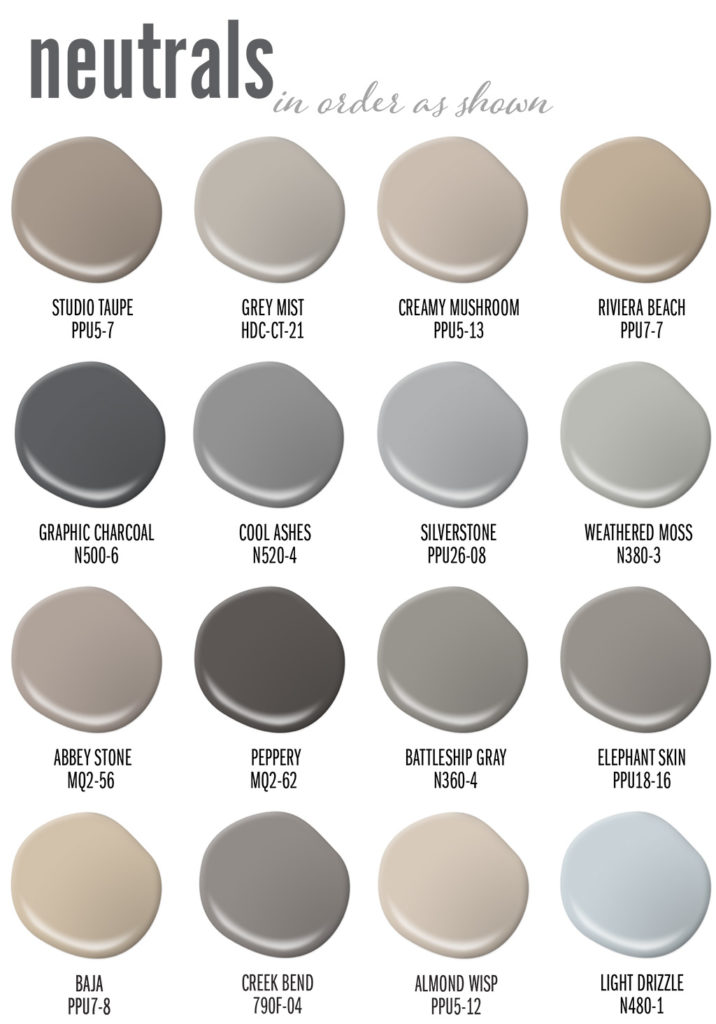

:max_bytes(150000):strip_icc()/what-is-a-neutral-color-1973822-03-3fab8b5a361d49638d3de1cbaf579a22.jpg)
/Lee-Edwards-Getty-Images-56a5ae653df78cf7728968ec.jpg)

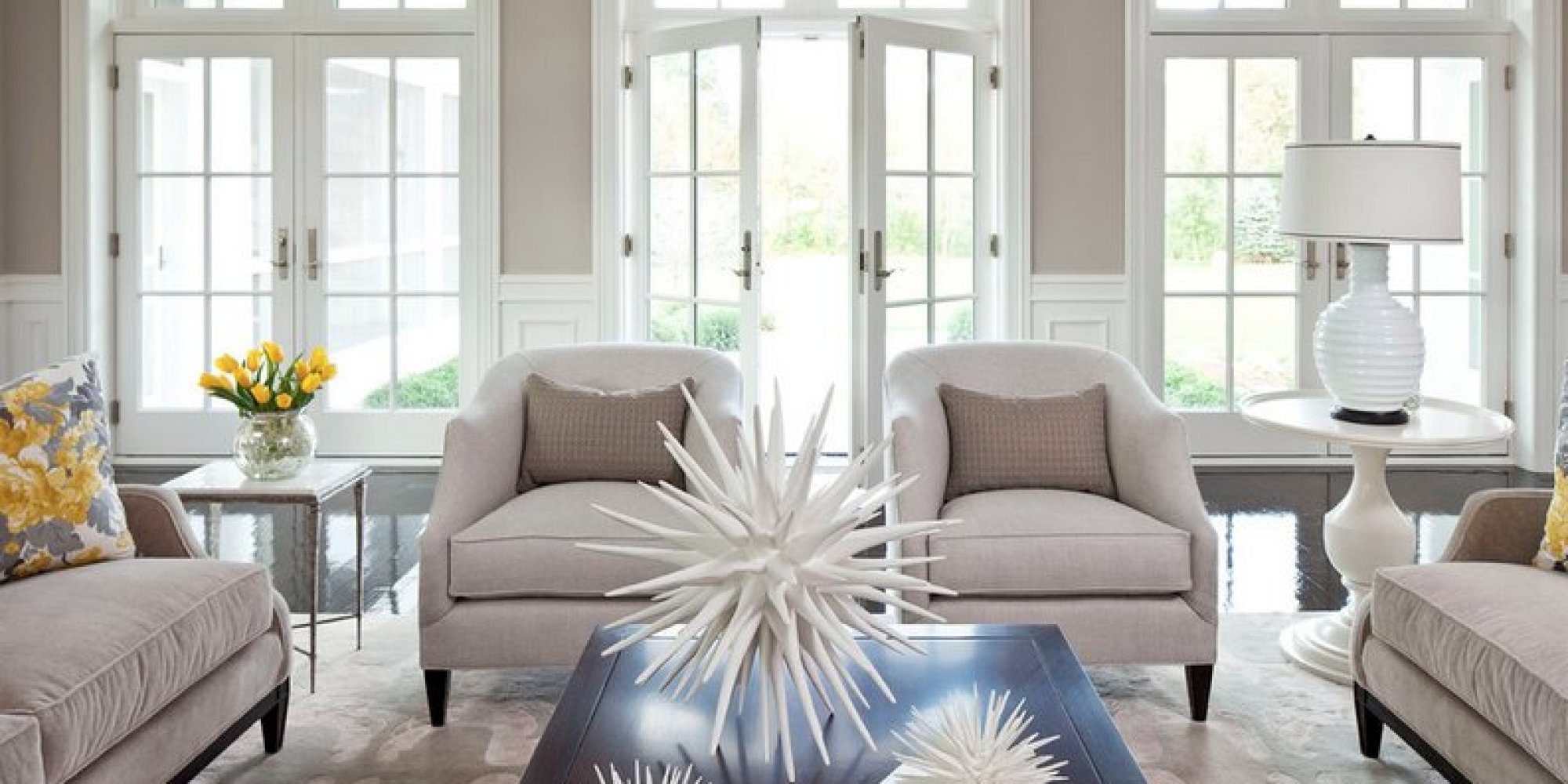
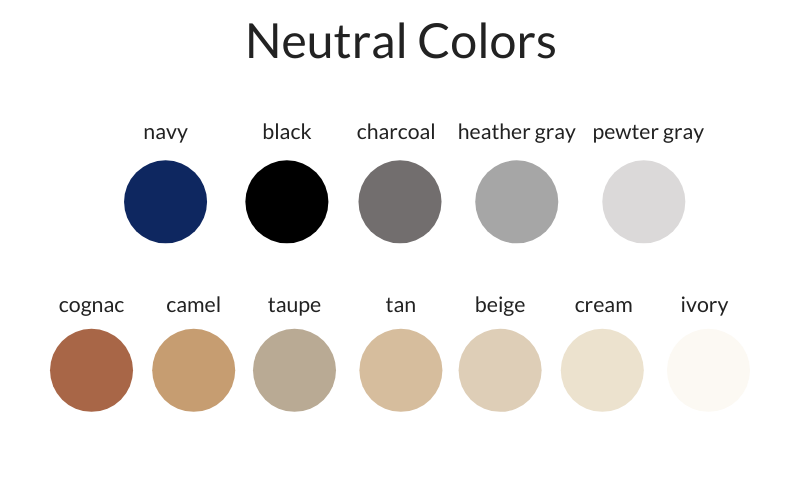
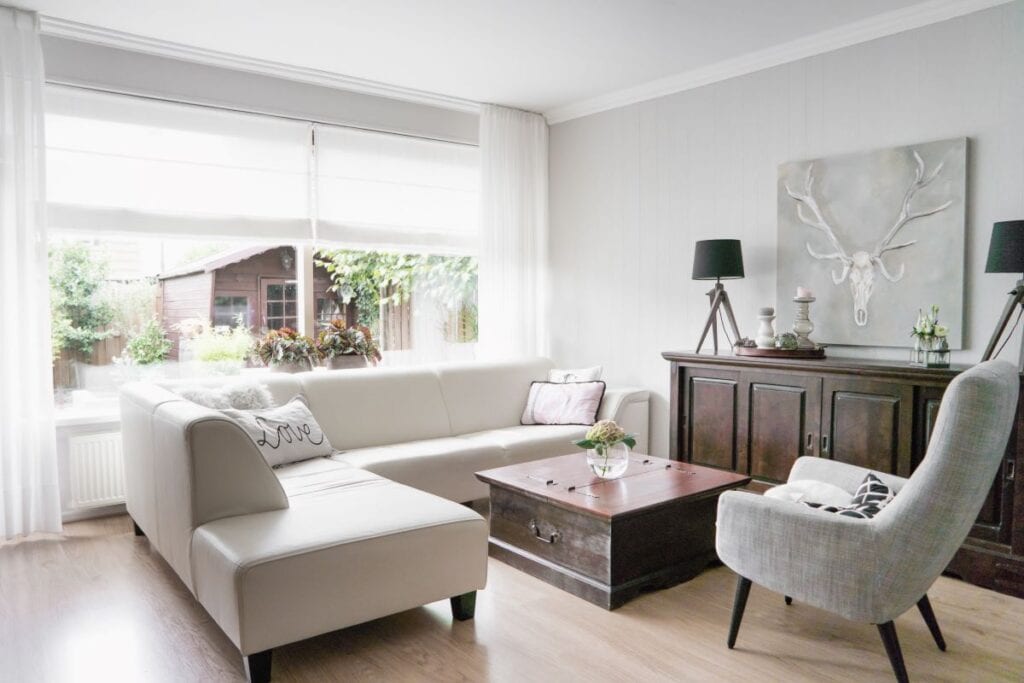
/clark_Kensington_neutrals-57db7f2e5f9b5865164b7baa.png)
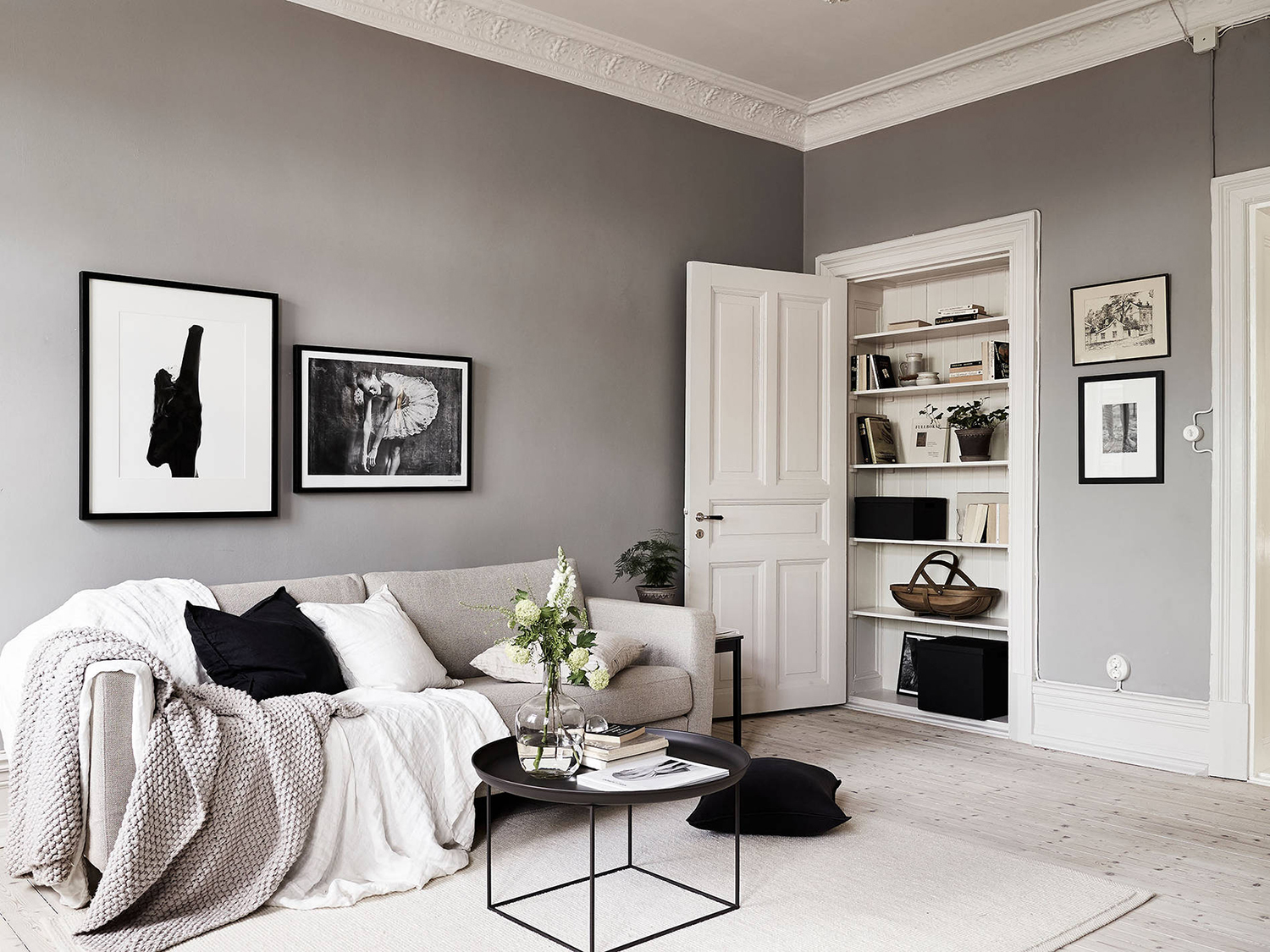






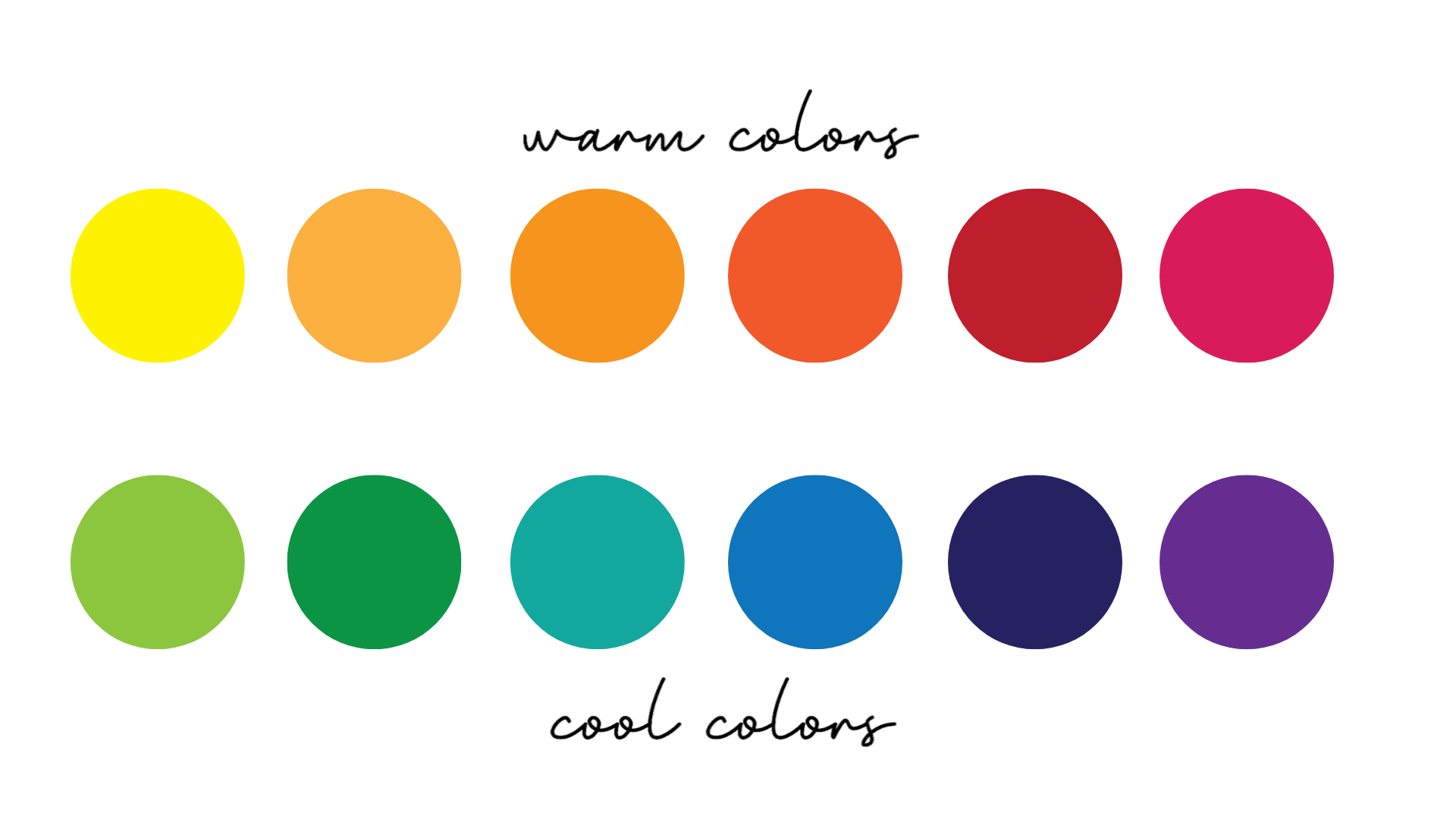
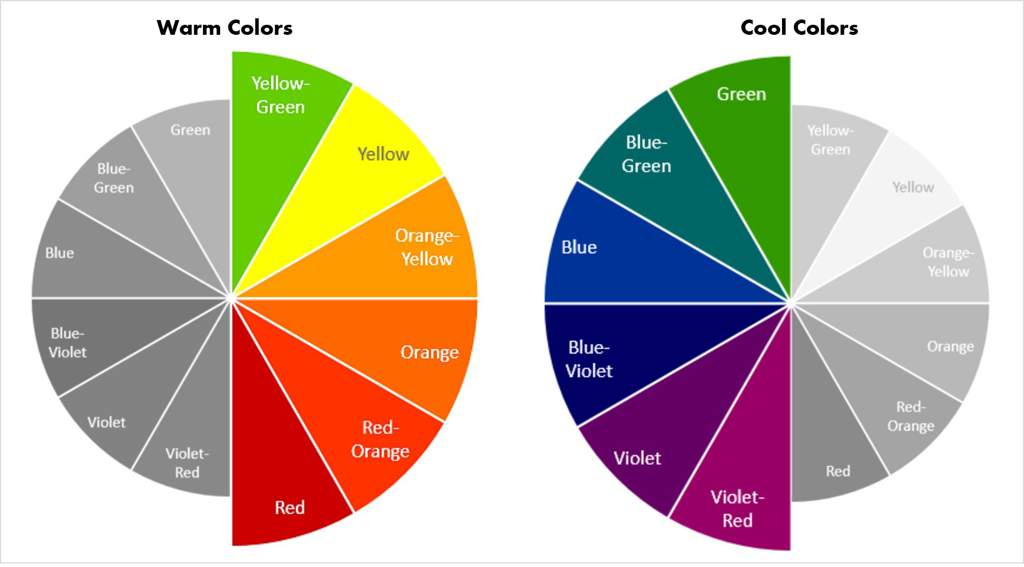

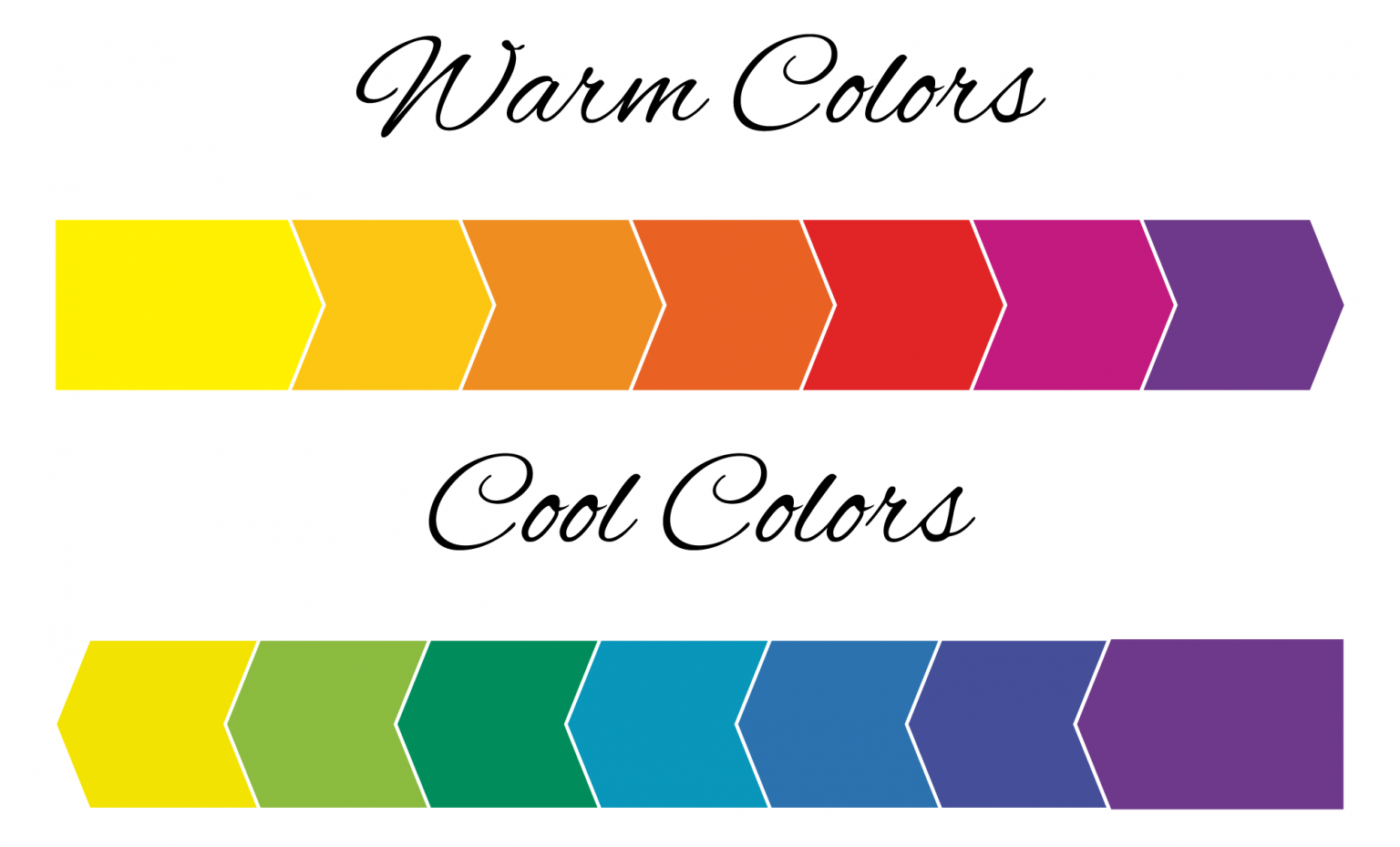

















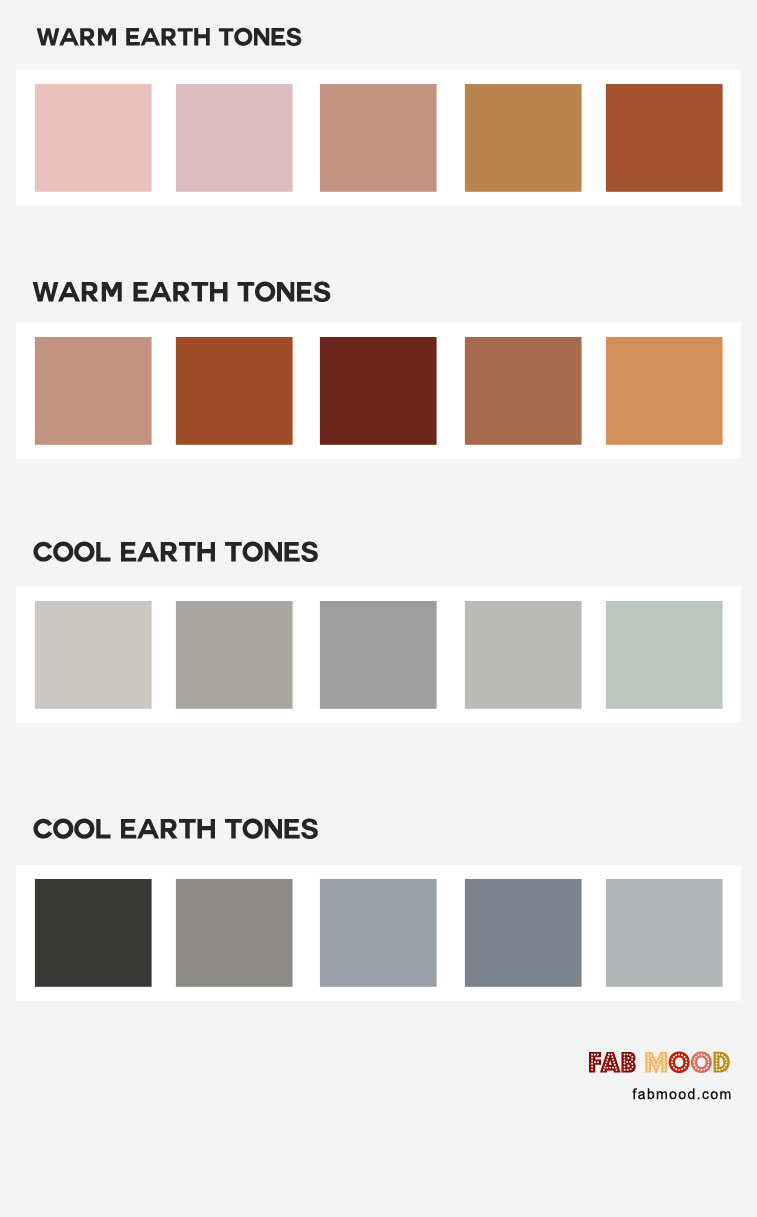


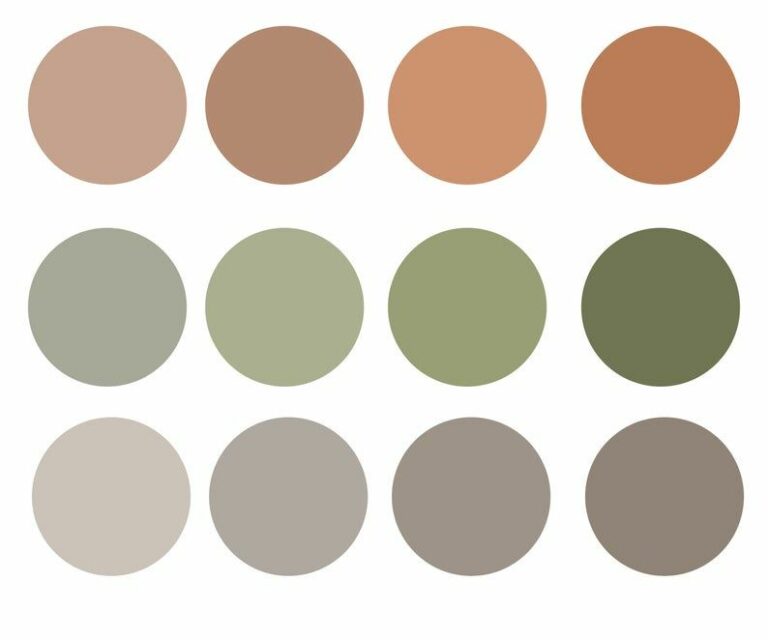


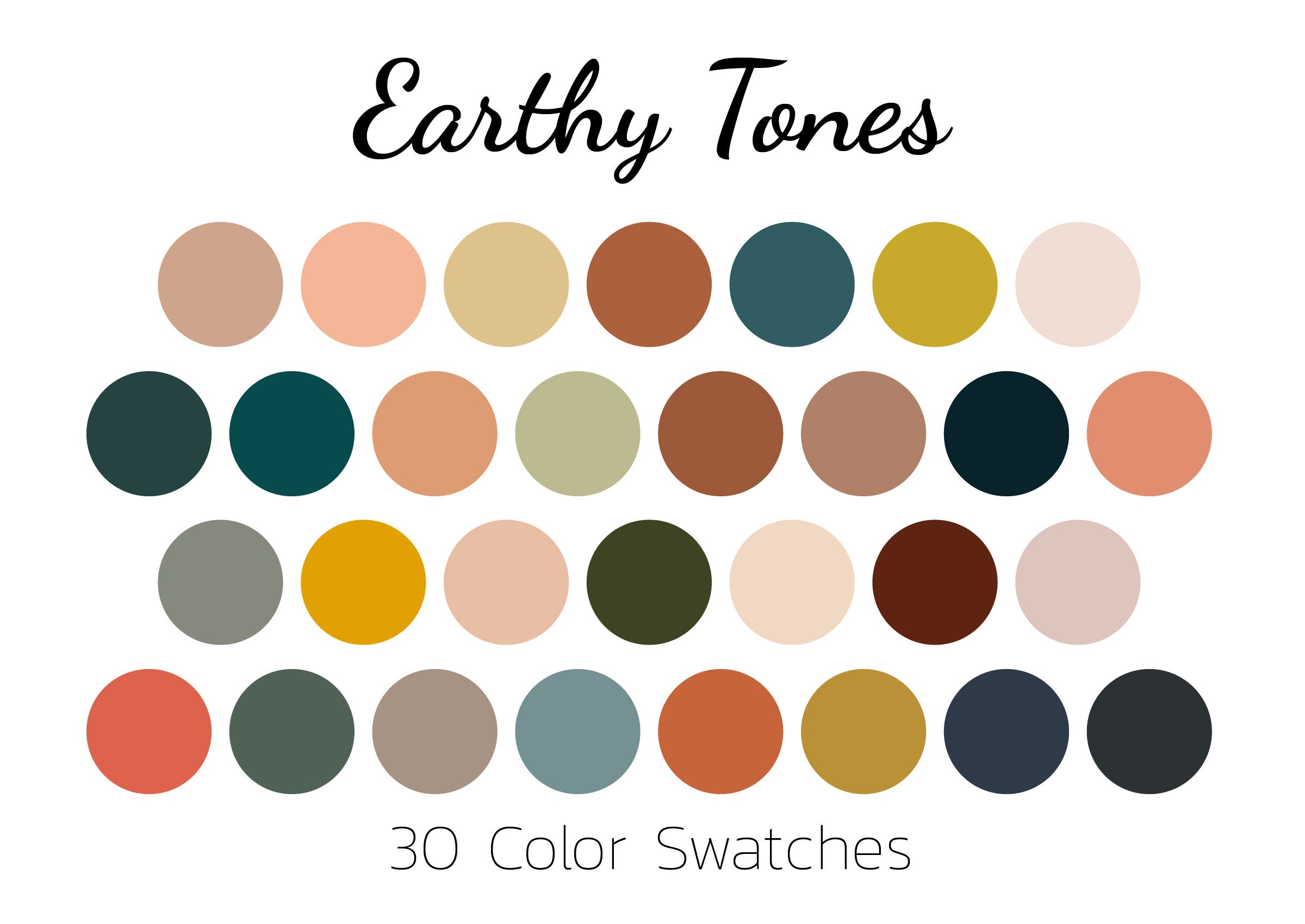

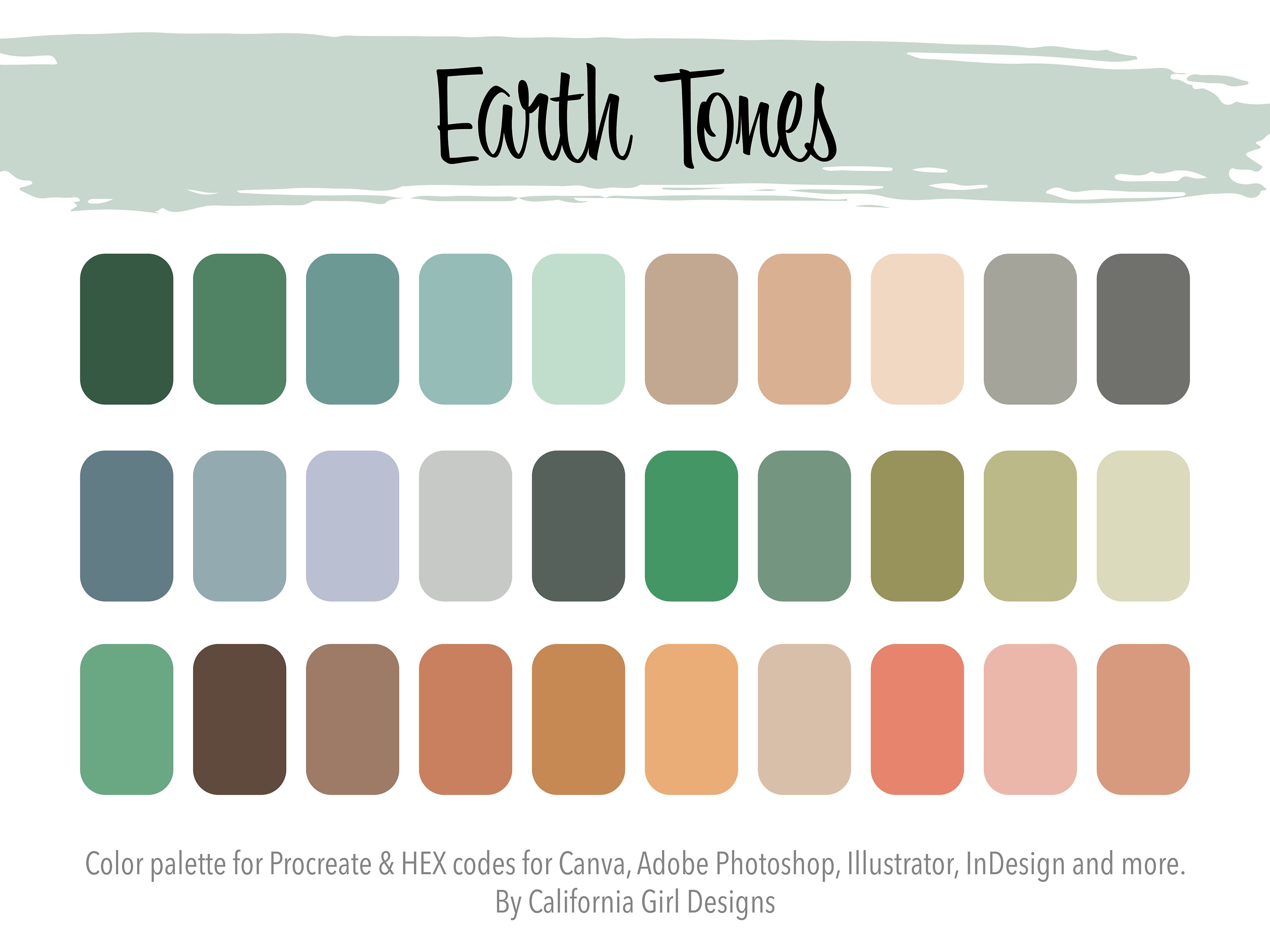


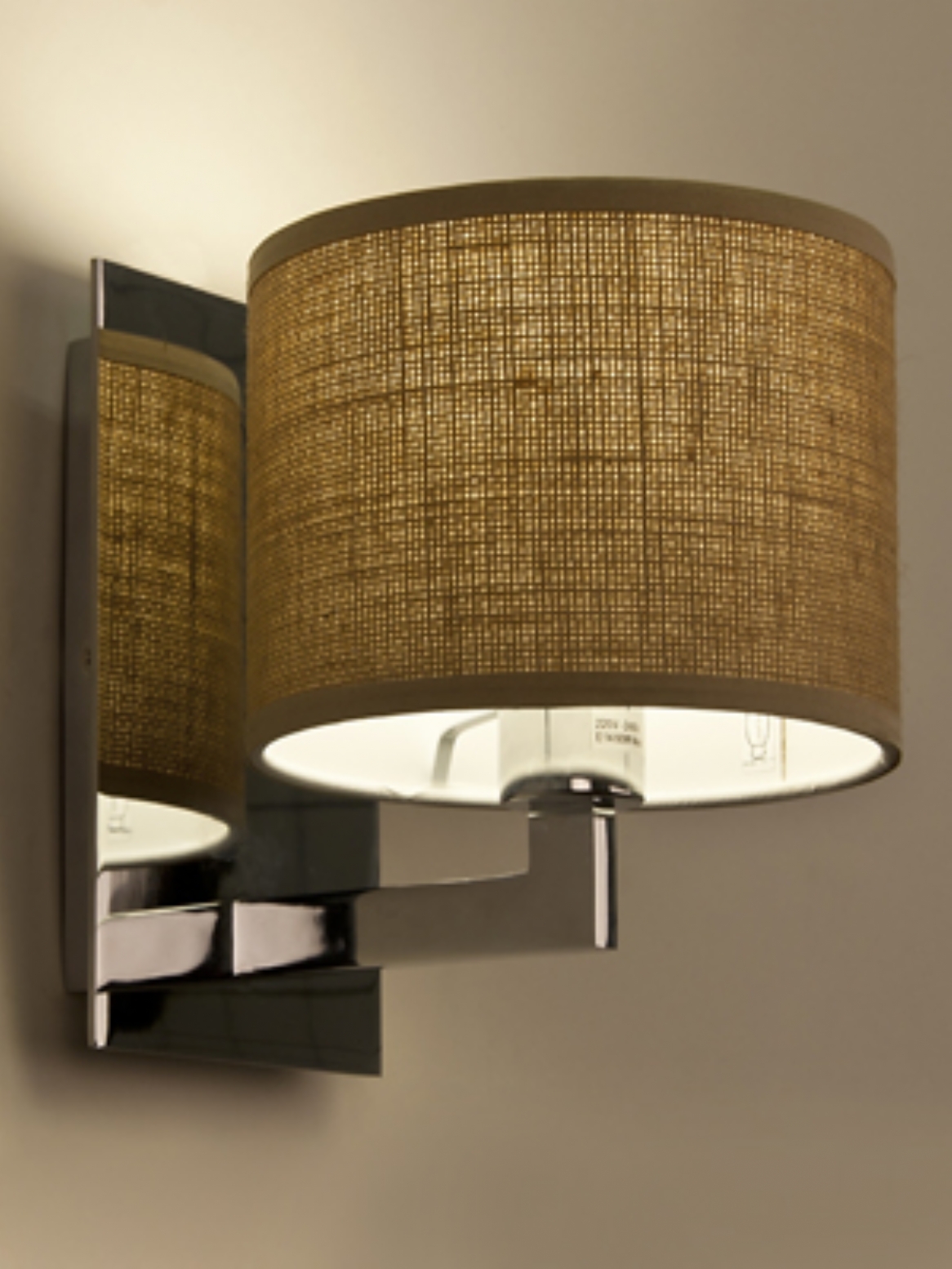

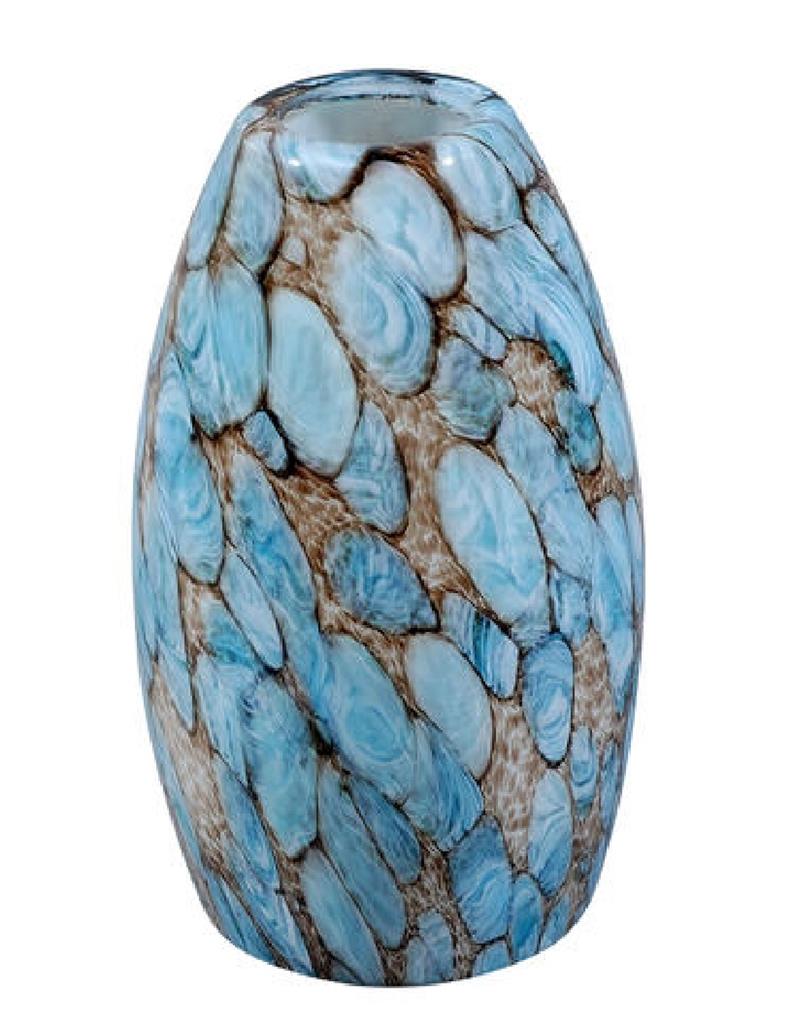

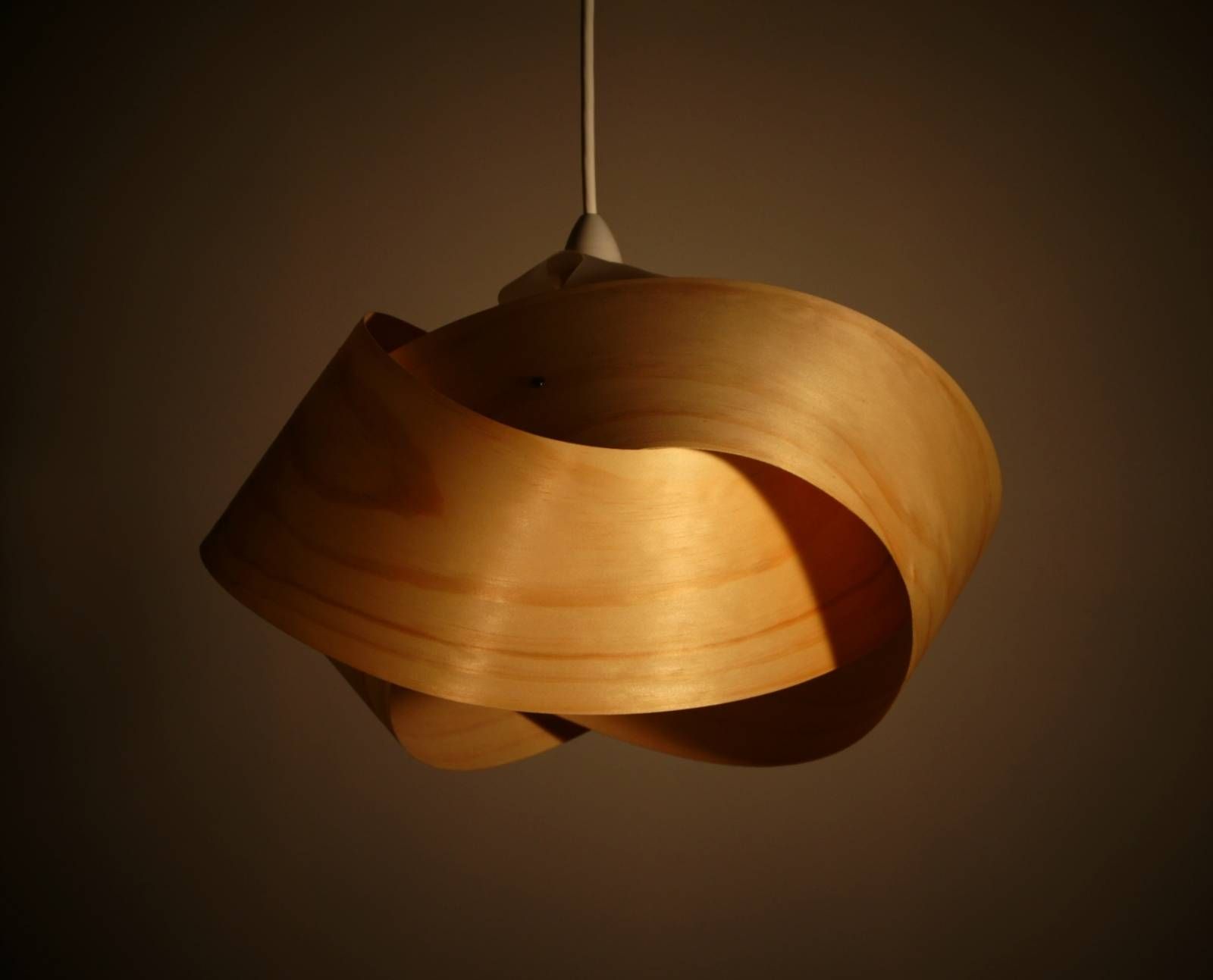

:max_bytes(150000):strip_icc()/close-up-of-illuminated-lighting-equipment-707554053-5a8e2c47a9d4f90036c00101.jpg)
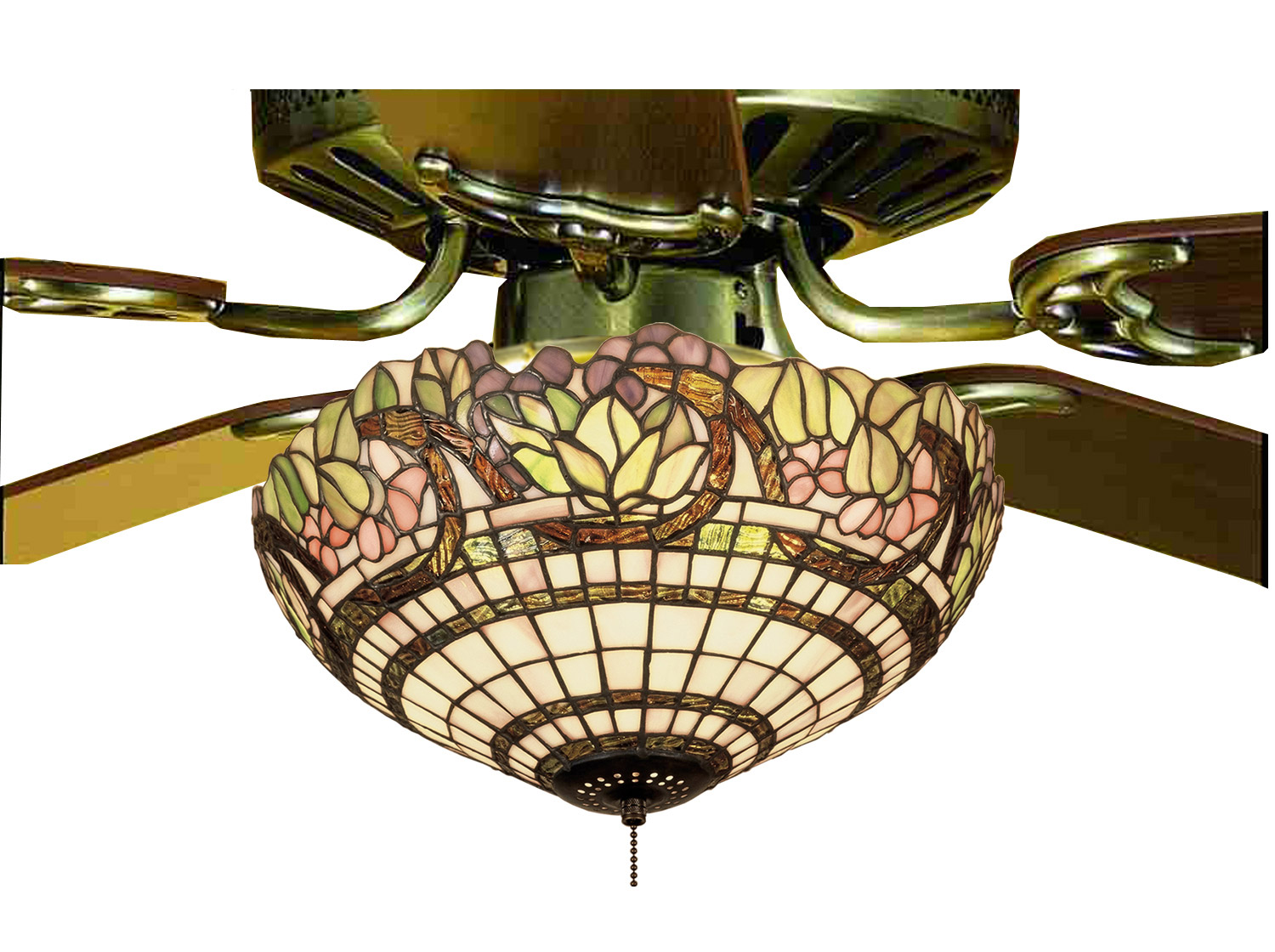


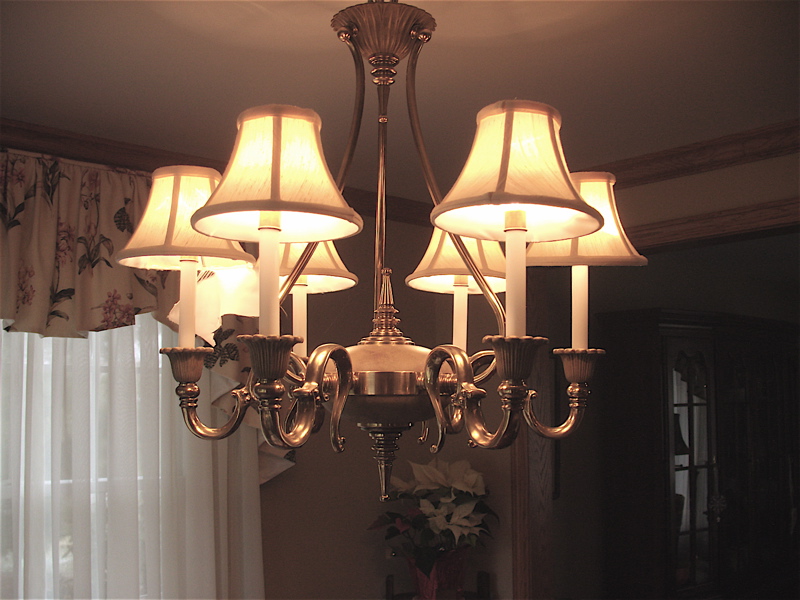
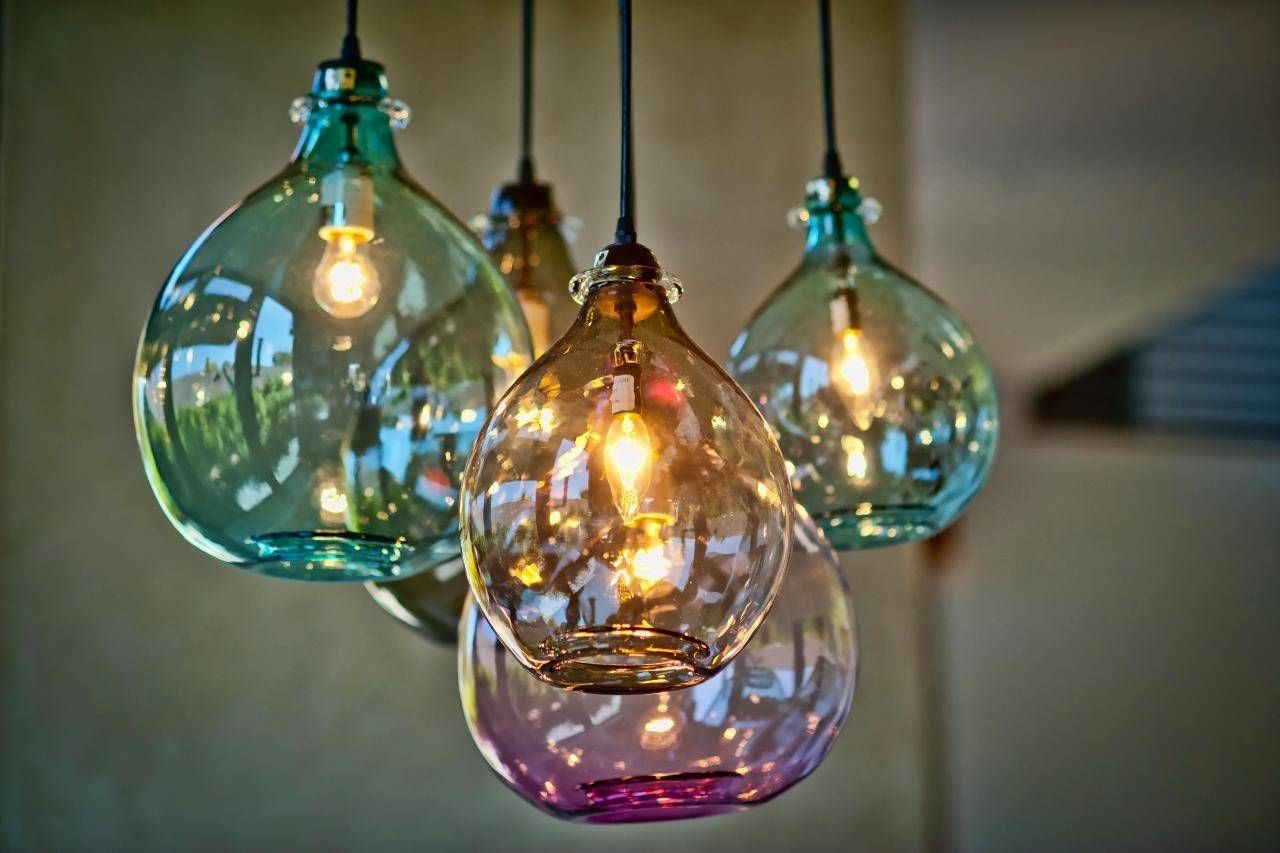
























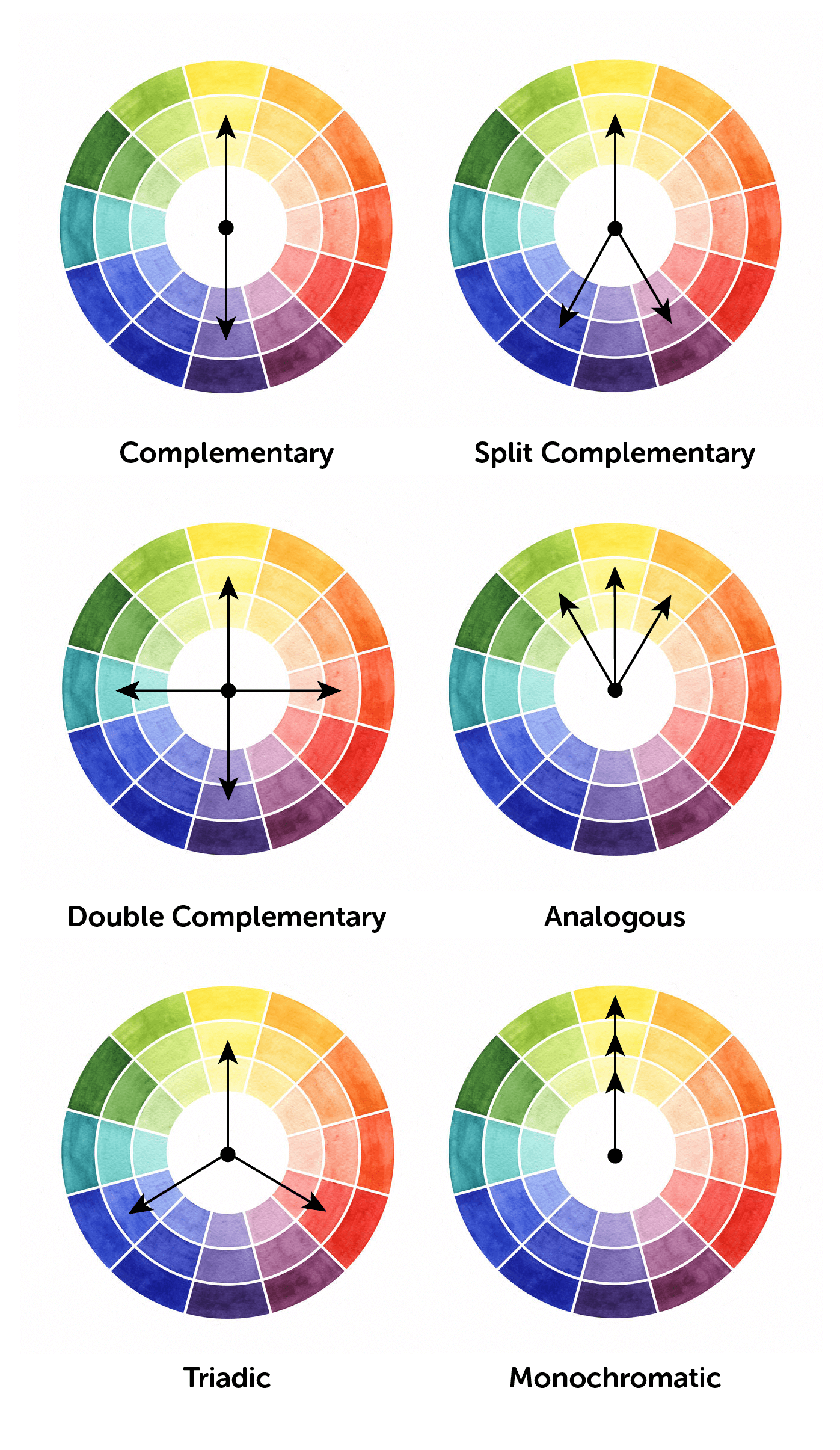


/Color-Contrast-Chart-59091b973df78c9283e31928.jpg)
/Colorwheel-58d0206f3df78c3c4f45653b.jpg)
























